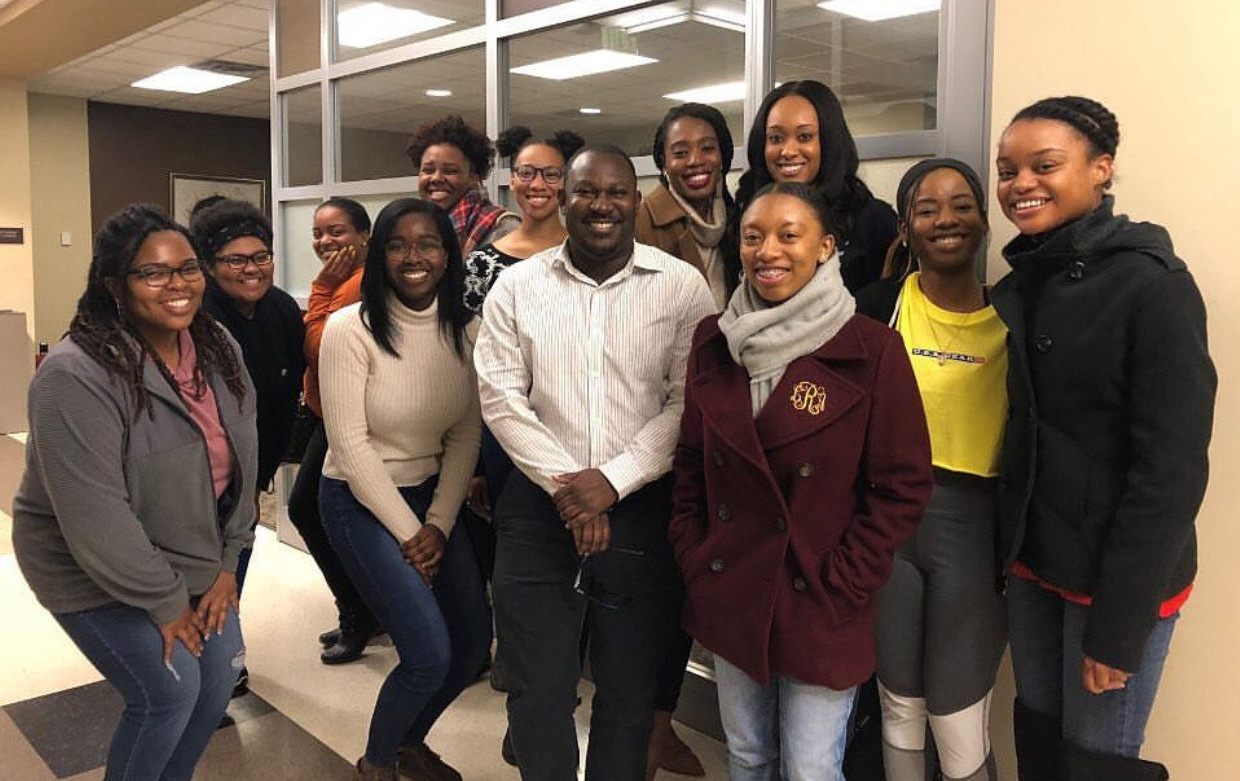The Department of Mass Communication is committed to diversity, equity and inclusion in order to foster a mutually respectful environment so all may thrive and succeed. Diversity in conception and creation of media content includes the accurate portrayals of racial and ethnic minorities, international communities, women, the elderly, persons with physical or mental disabilities, sexual orientation, political thought and religious beliefs.
Additionally, the department will maintain a respectful and mutually supportive environment during group interactions and instructor-students meetings reflecting Winthrop’s commitment to diversity and inclusiveness. We define inclusion as a culture that connects each employee to the organization; encourages collaboration, flexibility, and fairness; and leverages diversity throughout the organization so that all individuals are able to participate and contribute to their full potential.
Winthrop’s department and coursework emphasize that the ethics and inclusiveness of mass communication professions require an ongoing effort to provide platforms from which voices, regardless of gender, race, ethnicity, sexual orientation, or religious and political thought, can be represented and reported upon. Read the full plan here.
The Department of Mass Communication sponsors a number of student groups that are committed to promoting diversity and inclusion:
Delivered monthly, the RMR is a multicultural student publication serves as a voice of the minority population. Writers promote cultural diversity by informing the Winthrop community of multicultural and minority achievements, happenings, issues, and concerns.
Founded in 2009, the Winthrop University Association of Black Journalists (WUABJ) is dedicated to providing students seeking careers in media with exceptional networking opportunities. The group is the first collegiate chapter of the National Association of Black Journalists in South Carolina. In 2019, WUABJ was named the Association of Black Journalists student chapter of the year.
